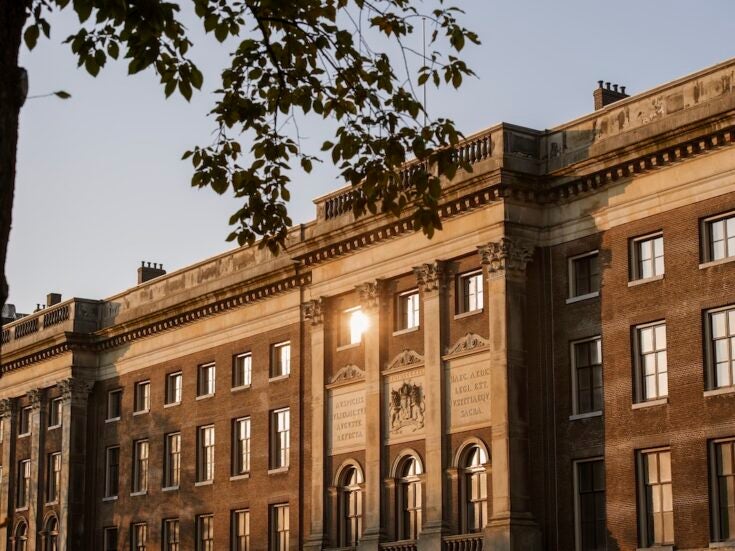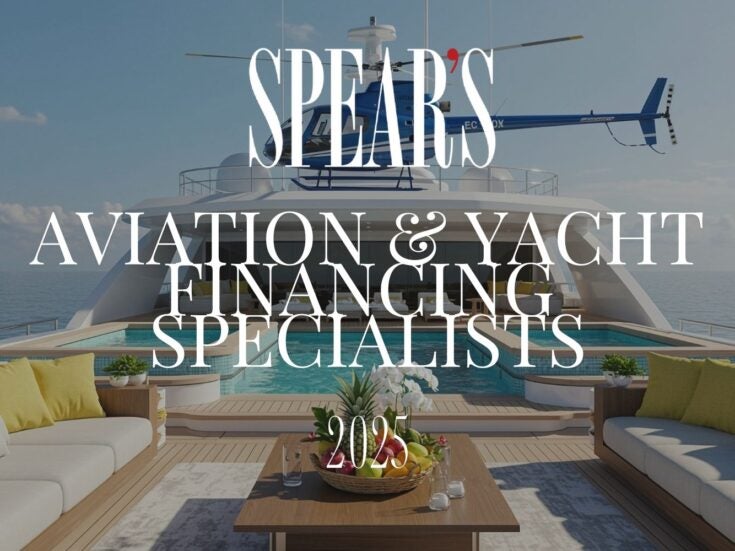
Falling in love with St Tropez is easy — though getting your hands on a bit of première classe real estate there is anything but, says Alan Page
LAST SUMMER, AS the media still followed avidly the evolving global banking crisis, some of the world’s wealthiest bankers were more intent on following Patrice de Colmont around St Tropez’s famed Club 55, hoping to catch the ever present owner’s notoriously inscrutable eye and bag a table for lunch.
As usual, the club was overbooked, forcing an extraordinary mix of old and new money, dealmakers, rock stars, artists, politicians, hedge-funders, Euro-trustafarians, hangers-on and even the odd estate agent to jostle impatiently for tables that just didn’t exist.
Watching these chaotic scenes from the Club’s exquisite tamarisk-shaded bar, it was clear that there is still an unquenchable thirst for the hedonism that is summer in Saint Tropez.
As far as it is possible to tell, this almost mythical little South of France port was hardly affected by the recession. Perhaps fewer bottles of Domaines Ott were delivered to the packed tables at lunch, perhaps fewer went on to spend the afternoon spraying Cristal over partygoers at nearby Nikki Beach, and maybe when the day finished at the Caves du Roy there were a few more who headed off to bed early.

My own family ventured out to Club 55 only a few times last summer, preferring the relative calm of our country place set amid the vineyards of the nearby La Mole valley. On each occasion we did make the trip, however, I bumped into numerous clients still intent not just on visiting St Tropez, but on buying into it too.
A property in St Tropez remains de rigueur for a certain clique of wealthy hedonists who love its laidback, anything-goes lifestyle. By comparison, other Cote d’Azur destinations can seem rather uptight, surprisingly prim and, in the case of the area around Cannes, worryingly over developed. The Rothschilds may prefer Corfu, and parts of Italy always attract a smattering of billionaires, but few Mediterranean areas have anything like the same international magnetism, the same global cachet.
It’s a pull that has remained constant since the 1950s, when the newly created terms ‘jet-set’ and ‘playboy’ were partly defined by the stylish and sybaritic visitors arriving in the wake of Brigitte Bardot and friends. Gunther Sachs, the German industrial heir, was one of those early adopters and it is rumoured that he still owns not just one property in the area, but three. Every decade or so, of course, the pundits write the place off. Even Miss Bardot declared it over-run and uninhabitable in the 1980s. But she still has her two houses there.
Indeed whenever a shift in fashion seems to threaten St Tropez, new generations, new nationalities and – it has to be said – new wealth arrive to re-invigorate the area.
ONE REASON, GLAMOROUS and/or wealthy people still flock to the peninsula is its surprisingly well preserved rural landscape. Whereas the coastline from Monaco to Cannes has become an urban sprawl, blighted by over development, multi-lane highways and chain hotels, the immediate area around St Tropez has been carefully protected.
There are no ugly, high-rise hotels or blocks of flats. The main beach permits no permanent new structures, and no buildings whatsoever over a single storey. And just a few minutes out of town finds you in a quiet landscape of rolling vineyards.
Of course, in August, it’s not entirely quiet.
Fleets of private jets make the somewhat tricky descent into La Mole private airport disgorging their passengers onto squadrons of helicopters for the short but discreet hop to one the many luxurious and very private estates.

In my own previous property, a small beachfront house that I bought from Pink Floyd’s David Gilmour, we always knew when Johan Eliasch, the charismatic head of Head sports, was entertaining at the nearby Maison du Cap. To save his regular lunch guests the inconvenience of a drive from Nice, or even from La Mole, helicopter pilots are forced to land rather gingerly and, to my eye, precariously onto a sloping lawn surrounded on one side by olive trees and on the other by a rocky drop down to the bay. Some days we’d count the choppers in and out a dozen times. Or so it seemed.
We have been going to St Tropez since the 80s, but as a family we didn’t really begin to appreciate it until the mid-1990s. We rented villas with varying degrees of success, or out of season stayed in one of Club 55’s best kept secrets – the six or seven simple but terribly chic Cabanons that each have little sandy paths leading directly onto the beach. (An old colleague of mine, who lives in Monaco, once rented Cabanon No5 for a whole year – just so he could escape the urban surrounds of Fontveille at the weekends.)
We bought our first property in 2001, after an architect friend and I went down for a rather boozy long weekend and stumbled on the hidden bay of Bonne Terrasse at the far end of Pampelonne Beach.
The process of first buying and then completely renovating this property convinced me that there must be a better, more professional way to manage these things. What I found most frustrating was that our Franco-Dutch agent and her builder father just didn’t understand what I was saying. Even if they fully comprehended my English or my wife’s French, they simply didn’t get the nuances of taste, style or quality we were trying to communicate. Especially down the phone from London.
By the time we moved on to our current property in late 2007, I was convinced of the need for a company that would relieve buyers of the hassle, the frustrations and the wasted time of looking for a property by normal means – and Beachcomber was born.
My partner, local resident Murray Egerton, and I were determined to focus exclusively on St Tropez and its immediate area. If pressed we’ll look as far away as La Croix Valmer or La Garde Frienet, but we put our foot down if anyone mentions St Maxime.
ALTHOUGH GEOGRAPHICALLY the area we search is small, the property market is as complex and can be as expensive as the Upper East Side of New York or Kensington & Chelsea in London. The very best houses rarely come to market, the local agents are generally complacent (and who wouldn’t be when your commission rate is 5%!), and the hierarchy of the various wealthy enclaves is impossible to understand without considerable experience.

Almost all our clients have spent many months (if not years) using local agents, but after endless visits to unsuitable properties and a frustrating lack of guidance or basic information they turn to us in the hope that we can speed up their search. Or at the very least not waste their time with pointless visits.
People new to the market invariably think that, aided by a generous budget, finding their ideal property will be easy. The main agents they register with are usually firms such as John Taylor, Burger Sotheby’s or others with a familiar international name attached. Good though these agents undoubtedly are, they represent only a fraction of the properties available.
Unlike most other markets, sellers and buyers generally gravitate to agents that represent their nationality. So the French tend to deal with long established local French firms. The Dutch, who are big buyers in the area, have their own favourites, as do the Swiss, the Russians, the Scandinavians and the Italians. Not to mention the newly arriving Chinese and Indian buyers, who will no doubt soon have their own favourites.
Unless, therefore, they have a PA with time to continuously harass dozens of surprisingly hard to get hold of agents and they are prepared to drop everything at a moment’s notice to fly down, international buyers can find the whole thing extremely frustrating – and slow.
At Beachcomber, on the other hand, we talk to the top agents all the time and also have close connections into the local grapevine for off-market sales. People know that we only represent serious buyers, so they are happy to let us know when something particularly interesting is coming up.
It was this network that ensured one of clients secured a beautiful and very rare old property (once owned by the Bardot family) complete with its own small vineyard well before the large international agent appointed to the sale had even prepared his marketing materials.
Another client was looking for a small guest house to buy near his own substantial property on Tahiti Beach. Through contacts, we discovered that, unbeknownst to our client or his agents, the small house right next door was actually for sale.
Today our clients range from technology entrepreneurs to investment bankers and property investors, and come from the USA, Far East and India as well as from all over Europe.
So where would I advise someone to buy right now? The simple answer is in one of the better enclaves closer to the town itself. Places like Les Parcs de St Tropez, Cap Tahiti, La Moutte and Canoubiers will always have a certain cache and over the years have established themselves as superb places to invest as well as live.
At the same time, of course, I’d invest in getting to know better the staff at Club 55. So that, however overbooked, I wouldn’t be in that queue for a table next summer.






